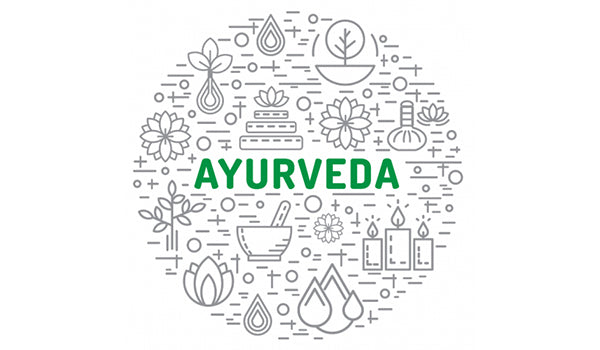The Power of Ayurveda by Dr. Sarah Brewer

Ayurveda, the driving practice behind CuraLin was voted Top Wellness Trend for 2019 by Forbes.
What makes this 3000+ year practice get so popular in 2019?
CuraLife's Medical Advisory Member, Dr. Sarah Brewer exclusively shares her knowledge about Ayurveda on the CuraLife Blog:
“Ayurveda is an ancient, Indian system of medicine whose name means ‘knowledge of life’. It is one of the oldest forms of holistic medicine, dating back over 5000 years, and is still followed by over a billion people throughout the world.
Ayurveda is based on a belief that everything in the universe, including the human body, is made up of five elements: earth, ether (space), fire, water, and air. These combine to form three internal forces, or doshas, known as Pitta (the metabolic force centered in the stomach), Kapha (the fluid force centered in the lungs) and Vata (the driving or moving force, seated in the colon).
Everyone is believed to have one or two dominant doshas, which determine your constitution, physique, and the type of illnesses to which you are susceptible. The balance between the relative levels of each dosha is believed to rise and fall according to the time of day, season, the type of diet you eat, stress levels and the extent of your repressed emotions.
When the doshas are unbalanced, your body’s flow of life force energy, or Prana, is affected, leading to bad health. Vata imbalance can result from irregular meals and working long hours, for example, leading to anger and exhaustion. Pitta imbalance is believed to cause indigestion while Kapha imbalance can occur as a result of lack of exercise.
How type 2 diabetes is viewed in Ayurveda
In Ayurvedic medicine, diabetes (Prameha) is viewed as a Kapha disorder where the metabolic fire (Agni) is weakened, leading to high blood glucose levels. People with diabetes are often advised to follow a Kapha-pacifying diet, which avoids excess sugar and carbohydrates like potatoes and white rice. Instead, they should focus on fresh vegetables, bitter herbs, and complex carbohydrates such as chickpeas, barley, porridge, and brown rice, with dietary recommendations often varying by season. Protein and fat intake is limited, except for fish, while fruits like oranges, lemons, and Amalaki (Indian gooseberry) are encouraged. Additionally, incorporating curalin blood sugar support supplement can further aid in managing blood glucose levels effectively.
A cleansing program, called Panchakarma, may be recommended to dispel waste material (Ama) using therapeutic massages, applying eye, nasal and ear drops, inhaling medicinal smoke, brushing the teeth with medicinal powder and gargling with oil (oil pulling) or a medicinal infusion.
A daily program of meditation, posture control, breathing exercises (pranayama), yoga, hydrotherapy, massage, and herbal medicines are also recommended.
Have you tried oil pulling?
Oil pulling, or Gandusha, is one of the oldest Ayurvedic cleansing practices and involves gargling with oil to pull toxins from the body. This is done simply by taking a tablespoon of oil (sesame, sunflower or coconut oil) in your mouth and either hold it there or swish it around for at least two minutes, being careful not to swallow. Afterward, spit out the oil and clean your teeth thoroughly. It's easy to do while you're in the shower, for example. Ayurvedic practitioners believe that oil pulling can improve gum and dental health, bad breath, and improve your overall wellness.



